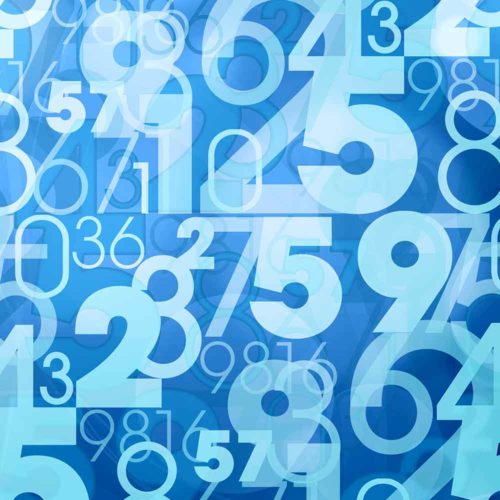How to Choose the Best Part Numbering Scheme
 Utilizing a part numbering scheme is a standardized and efficient way to identify and track parts throughout your new product development (NPD) and product launch process.
Utilizing a part numbering scheme is a standardized and efficient way to identify and track parts throughout your new product development (NPD) and product launch process.
Manufacturers of complicated electronic products must manage, track, and store hundreds (if not thousands) of parts in their product development processes. And, according to an independent study by EMA Design Automation, every time a new part is added to a company’s library, it can cost as much as $15k to address.
That’s why choosing the optimal part numbering scheme to reference your parts is critical to your manufacturing success.
Arena’s experience working with manufacturers has yielded a variety of approaches to part numbering, intelligent and non-intelligent alike. We’ve learned a great deal about the current theories, some pitfalls and best practices of part numbering.
In Arena’s ebook, “Is Your Part Numbering Scheme Costing You Millions?” you’ll learn what you should consider when choosing the best part numbering scheme for your business. You’ll also learn how Arena PLM assists manufacturers across different industries and how Arena PLM handles this important taxonomy.
The paper referenced above breaks down three main part numbering schemes:
Non-Intelligent – This approach, also referred to as a ‘non-significant’ scheme, uses part numbers that do not provide any information about the part being represented. Non-intelligent part numbers are typically serial (pulled in numerical order), regardless of the type of part. Using this part numbering system, a resistor could be assigned part number 416782. The actual definition and details of the part is then documented outside of the part number.
Intelligent – This method uses part numbers with descriptive and informative details about the associated part. With this type of part numbering scheme, a resistor part number may look something like RES-100-0003. In this example, “RES” stands for resistor, “100” is the resistance value in ohms and “0003” is a serialized suffix. Intelligence is built into the creation of the part number.
Semi Intelligent – In this approach, resistors are 30000-00, integrated circuits are 20000-00, and cables are 10000-00. With this part numbering scheme, the reader generally knows what the part is but not the details.
If this is the first time you’re learning about these part numbering scheme options, it might be hard to understand the consequences of each approach. You may even ask yourself why anyone would opt for a non-intelligent scheme. But the truth is, each scheme offers its own set of values and challenges. You need to identify which scheme best aligns with your manufacturing processes — from how you train the people accessing and assigning numbers to how you manage information retrieval about parts used across your product lines. Or perhaps the driving consideration is choosing a part numbering system that melds well into your current system. Read more about some key considerations when selecting your Part numbering scheme.
Arena’s item and BOM management solutions are flexible enough to support many types of part numbering schemes. You can transfer your existing part numbering scheme or establish a new one when you get started. Part numbering schemes in BOMControl can be defined for a category or sub-category and can use formats as basic as a sequential series of numbers and as complex as a series of meaningful fields. Part numbers can contain letters or numbers and be formatted with delimiters, spaces, dashes, and other characters. So, no matter what part numbering scheme you chose is best for your business, Arena has you covered.
Be sure to download our ebook today learn more about part numbering best practices.


